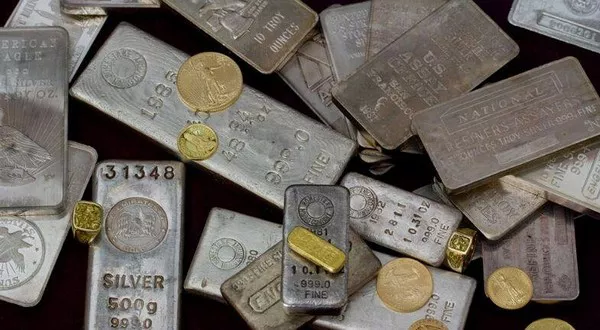Silver, known for its elegance and versatility, has been cherished for centuries as a precious metal and a valuable investment. However, identifying genuine silver can be challenging due to the existence of counterfeit items in the market. In this comprehensive guide, we will explore various methods and techniques to help you determine if something is real silver.
Visual Inspection:
The first step in assessing the authenticity of silver is through visual examination. Consider the following factors:
a) Color and Luster: Genuine silver possesses a distinct bright, white color with a reflective luster. Be cautious if the item appears too dull, tarnished, or has a yellowish hue, as these characteristics may indicate counterfeit silver.
b) Consistency: Authentic silver should have a consistent color and luster across the entire item. Look for any unevenness, discoloration, or signs of plating, as these can be indicators of fake silver.
c) Hallmarks and Stamps: Check for any hallmarks or stamps on the silver item, such as the manufacturer’s mark or a purity mark (e.g., “925” for sterling silver). These markings provide valuable clues to its authenticity. However, be aware that counterfeit items can also bear fake stamps, so further investigation is necessary.
Magnetic Test:
Unlike gold, silver is slightly magnetic. Conducting a magnet test can help determine if an item is genuine silver:
a) Place a strong magnet near the silver item. If the magnet is strongly attracted to the item, it is likely not pure silver. Genuine silver will exhibit only a weak magnetic attraction or none at all.
b) Note that some counterfeit silver items may contain other metals that are non-magnetic. Therefore, while the magnet test is useful, it should be used in conjunction with other methods.
Conductivity Test:
Silver has excellent thermal and electrical conductivity. You can perform a simple conductivity test to assess the authenticity of silver:
a) Place an ice cube on top of the silver item and observe how quickly it melts. Genuine silver has exceptional thermal conductivity and will cause the ice to melt rapidly.
b) Alternatively, you can use a silver testing solution or tester pen that contains a conductive solution. Apply the solution to a discreet area of the item, and if it reacts with a color change, it indicates the presence of genuine silver.
Acid Test:
The acid test is a commonly used method to determine the authenticity of silver. However, it requires caution and proper safety measures:
a) Scratch a small portion of the silver item on a testing stone, ensuring that you collect a visible amount of silver dust.
b) Apply a drop of nitric acid (preferably in a well-ventilated area) to the scratched area. Genuine silver will exhibit little to no reaction, while counterfeit silver may produce a green or milky discoloration.
Seek Professional Evaluation:
If you are uncertain about the authenticity of your silver item or require a precise assessment, consult a professional jeweler or appraiser. These experts have the knowledge, experience, and specialized tools to conduct comprehensive tests and provide an accurate evaluation.
Conclusion:
Identifying genuine silver is essential to protect your investments and ensure you are acquiring high-quality pieces. While visual inspection, magnetic tests, conductivity tests, acid tests, and seeking professional evaluation are valuable methods, employing a combination of techniques yields the most reliable results. Remember, when in doubt, consult an expert to make informed decisions regarding your silver items.


